The Essential Guide series brings together the best recent coverage from New Scientist specially curated into beautiful compendiums about the most exciting themes in science and technology today. Written and edited by some of the world’s best science writers, these guides will leave you with everything you need to know about subjects from nutrition to the solar system and more.
EINSTEIN’S UNIVERSE
New Scientist - The Essential Guides
BASICS OF RELATIVITY
THE SPECIAL THEORY OF RELATIVITY • Published in Einstein’s “annus mirabilis” of 1905, special relativity works through the consequences of light always travelling at the same speed, showing how space, time, mass and energy warp to accommodate it. It was an insight that upended all our intuitions, and it still bends minds today.
ALBERT EINSTEIN: A LIFE
WHAT IS SPACE - TIME?
THE GENERAL THEORY OF RELATIVITY • General relativity can be summed up in just 12 words: “Space-time tells matter how to move; matter tells space-time how to curve”. But this description from physicist John Wheeler hides a more complex and profound truth about the nature of gravity – one Einstein only grasped by considering what happens when it isn’t there.
EDDINGTON’S EXPERIMENT
NEWTON VS EINSTEIN
EINSTEIN’S UNIVERSE: A TIMELINE • From its origins as the work of a lone genius in the early years of the 20th century, relativity has developed into the basis of an entire model of the universe. Phenomena that it predicts, such as black holes and gravitational waves, have been shown to be real – while other mysteries it has called into life, such as the nature of dark matter and dark energy, remain unsolved.
THE BIG BANG UNIVERSE
THE EXPANDING UNIVERSE • The idea that the universe was anything other than a static, timeless entity with no beginning and no end had occurred to few physicists by the early 20th century. Only a unique confluence of a new theory and compelling new observations forced them to revisit their assumptions.
HOW THE BIG BANG WAS BORN • The story of universe’s genesis in a hot, dense fireball was ultimately confirmed by accident. It was still a struggle to convince the doubters, cosmologist Jim Peebles recalls
THE COSMIC MICROWAVE BACKGROUND
WHAT EXACTLY WAS THE BIG BANG? • The basic premise of the big bang theory is clear: that the universe began in an infinitesimal pinprick of unimaginable heat and density that has slowly stretched and cooled into the cosmos we know today. How we interpret this “singularity”, which seems to mark the very beginning of space and time, is another matter entirely.
INFLATION AND THE MULTIVERSE • As we have seen, the existence of the cosmic microwave background is a spectacular confirmation of the big bang theory. But lurking within that success are some problematic details. Attempts to explain them away have led cosmologists to some truly out-of-this-world conclusions.
DARK MATTER AND DARK ENERGY
THE STANDARD COSMOLOGICAL MODEL • Our picture of the universe based on general relativity is supremely successful, but perhaps only because, with its introduction of dark matter and dark energy, most of it is made up. Are these weighty phantoms too great a burden for our observations to bear – a wholesale return of conjecture out of a trifling investment of fact, as Mark Twain put it?
THE MYSTERY OF DARK MATTER • Dark matter’s no-show might indicate that our models of the early universe are missing a crucial piece, says Dan Hooper.
SEVEN WAYS TO MAKE DARK MATTER
HAVE WE GOT GRAVITY WRONG?
WHAT IS DARK ENERGY? • The discovery a quarter of a century ago that the universe’s expansion is accelerating was a shocker. Is that an expression of a new field, a new force or just our own ignorance? It might make up more than...
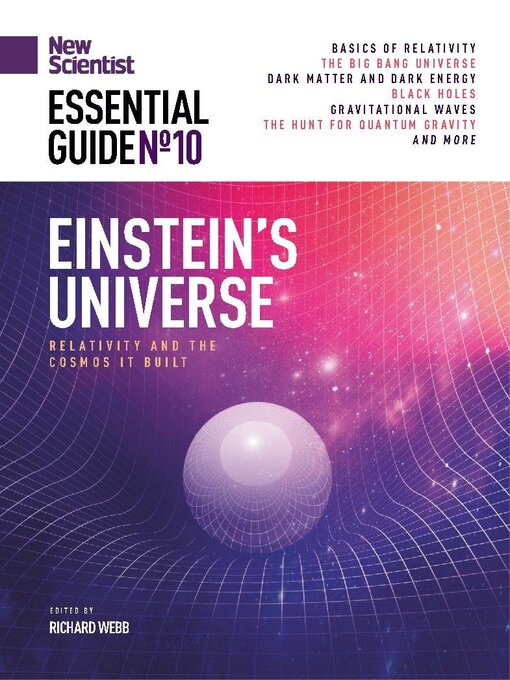
 EG25
EG25
 EG24
EG24
 EG23
EG23
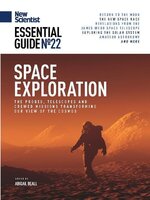 EG22
EG22
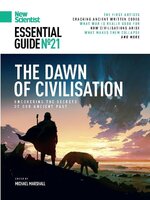 EG21
EG21
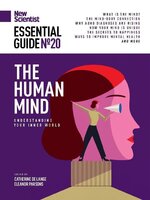 EG20
EG20
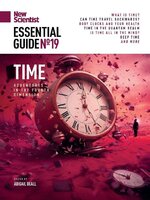 EG19
EG19
 EG18
EG18
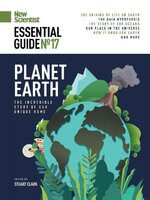 EG17
EG17
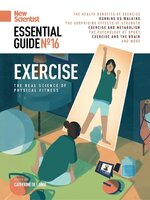 EG16
EG16
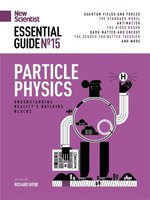 EG15
EG15
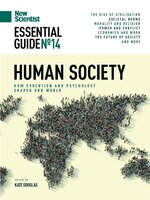 EG14
EG14
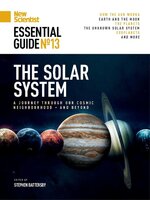 EG13
EG13
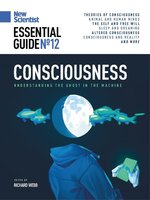 EG12
EG12
 EG11
EG11
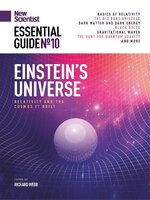 EG10
EG10
 EG09
EG09